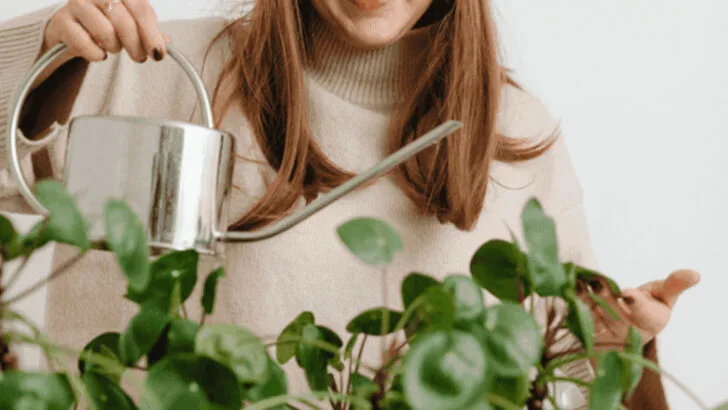Container gardening is supposed to be easy—but even the most enthusiastic home growers fall into sneaky habits that can sabotage their plants. Whether it’s overcrowding your pots, using the wrong soil, or ignoring drainage, a few common mistakes can make the difference between a lush balcony and a struggling jungle.
The good news? These habits are easy to fix—and once you do, your plants will thank you. With the right tweaks, your container garden can become healthier, more productive, and way more beautiful. Some changes are as simple as repositioning a pot or switching to a better watering routine.
We’ll break down 5 habits to stop doing immediately, plus 11 smart container gardening habits that lead to thriving greenery, stronger roots, and way fewer pests. If your potted plants haven’t been performing their best, this list is your new growing guide.
Overwatering
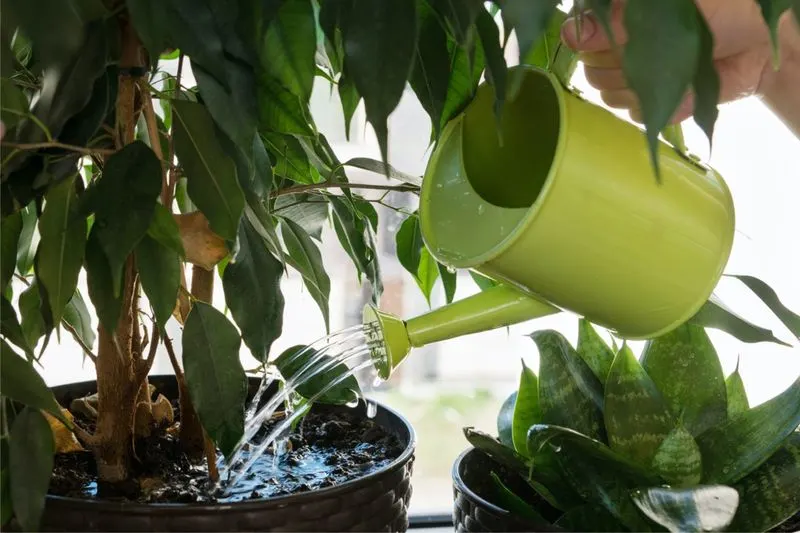
Too much love can drown your plants. Overwatering is a frequent mistake, leading to root rot and plant stress. Monitoring soil moisture levels is crucial. A finger test can work wonders; simply stick your finger into the soil up to the first knuckle. If it feels damp, hold off on watering.
Well-drained soil and pots with drainage holes are essential. If you’re unsure, err on the side of caution and water less often. Plants can often recover from under-watering, but soggy roots are a tougher fix. Embrace a more mindful watering routine for healthier plants.
Using the Wrong Soil
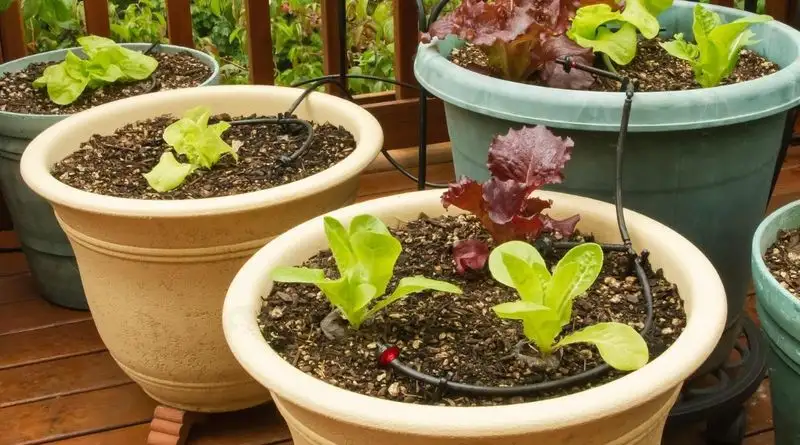
Not all soil is created equal. Using garden soil in containers can lead to compacted, poorly aerated roots. Opt for a quality potting mix designed for containers, which ensures proper drainage and nutrient retention.
Consider adding perlite or sand for improved aeration. Soil choice can drastically affect plant health, so it’s a decision worth pondering. Investing in the right mix sets the stage for thriving plants. Think of it as laying a strong foundation for your container garden.
Ignoring Sunlight Needs
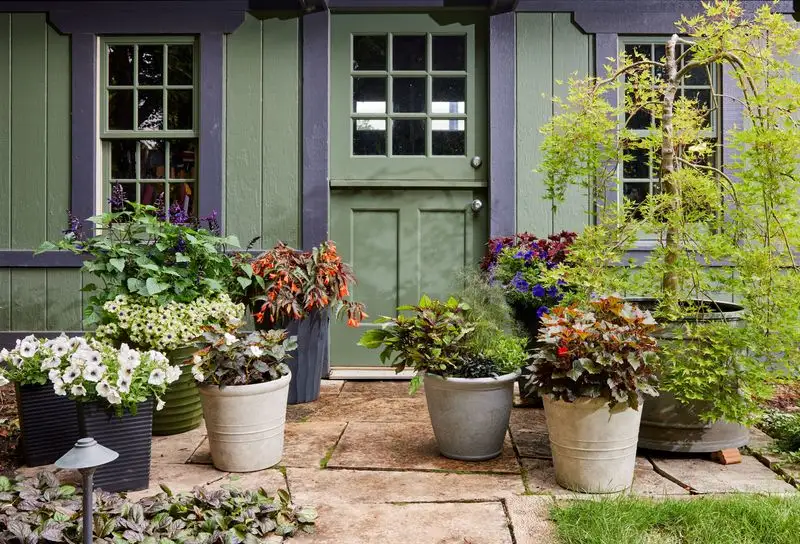
Sunlight is often misunderstood in container gardening. Placing sun-loving plants in shady spots, or vice versa, can spell trouble. Observing your space’s light patterns throughout the day helps in selecting the right plants.
Most vegetables and flowers thrive with at least six hours of sunlight. However, some prefer shade, so knowing your plants’ specific needs is key. Adjusting plant locations with the changing seasons helps maintain optimal growth conditions.
Crowding Plants
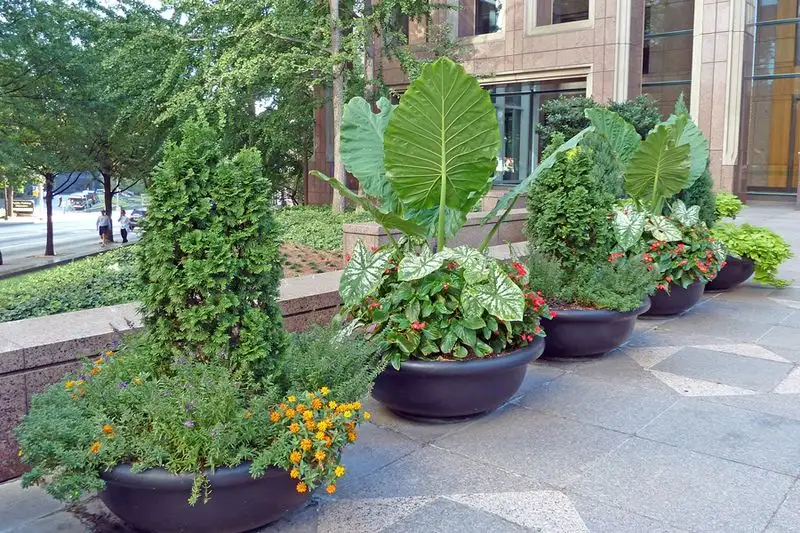
Space is a luxury in container gardening. Overcrowding plants can lead to competition for nutrients and water, stunting growth. Giving each plant ample space allows roots to spread and thrive.
Consider the mature size of plants when arranging them in containers. Mixing plant varieties with similar needs can also promote harmonious growth. Thoughtful spacing encourages healthy development and reduces pest issues.
Neglecting Fertilization
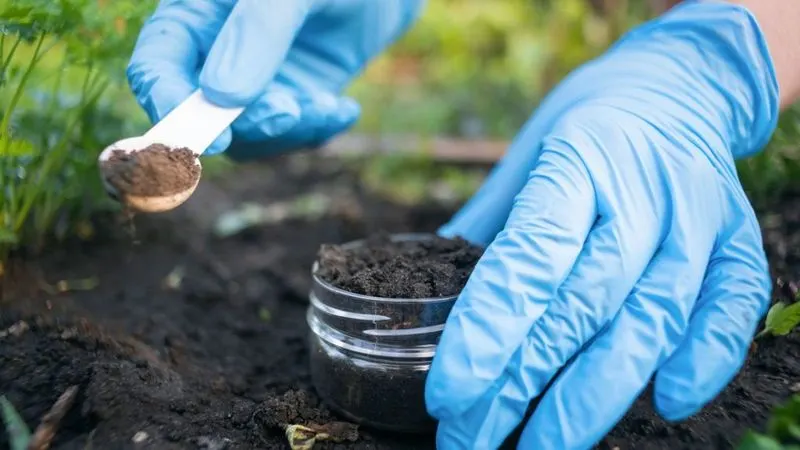
Containers limit nutrient availability, making regular fertilization essential. Neglecting this can result in weak plants and poor yields. Liquid fertilizers or slow-release granules can replenish vital nutrients.
Understanding your plants’ specific nutrient needs ensures targeted feeding. Over-fertilization can be just as harmful, so following package instructions is crucial. Regular feeding keeps plants robust and productive. A well-fed plant is a happy plant.
Choosing the Right Containers
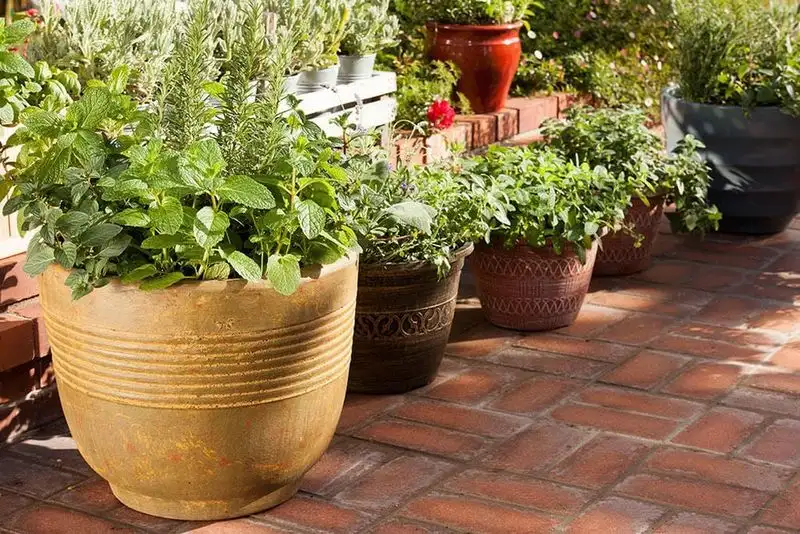
Container choice significantly impacts plant health. It’s not just about aesthetics; size, material, and drainage play vital roles. Ensure pots have drainage holes to prevent waterlogging.
Material considerations, like plastic versus clay, affect water retention and temperature regulation. Matching the container size to the plant’s growth potential prevents stunted development. The right container sets the stage for flourishing plants.
Regular Pruning
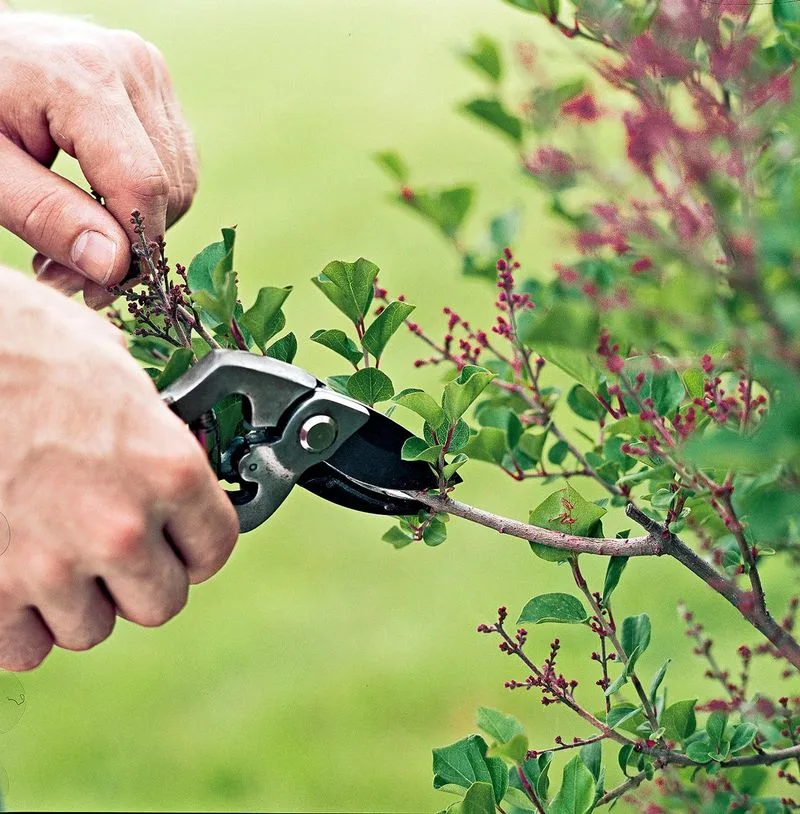
Pruning isn’t just for aesthetics; it’s vital for plant health. Regularly removing dead or yellowing leaves promotes new growth and prevents disease. Pruning encourages air circulation, reducing the risk of fungal infections.
Different plants have unique pruning needs, so a little research goes a long way. A well-pruned plant looks vibrant and grows vigorously. Make pruning a regular part of your gardening routine.
Proper Watering Techniques
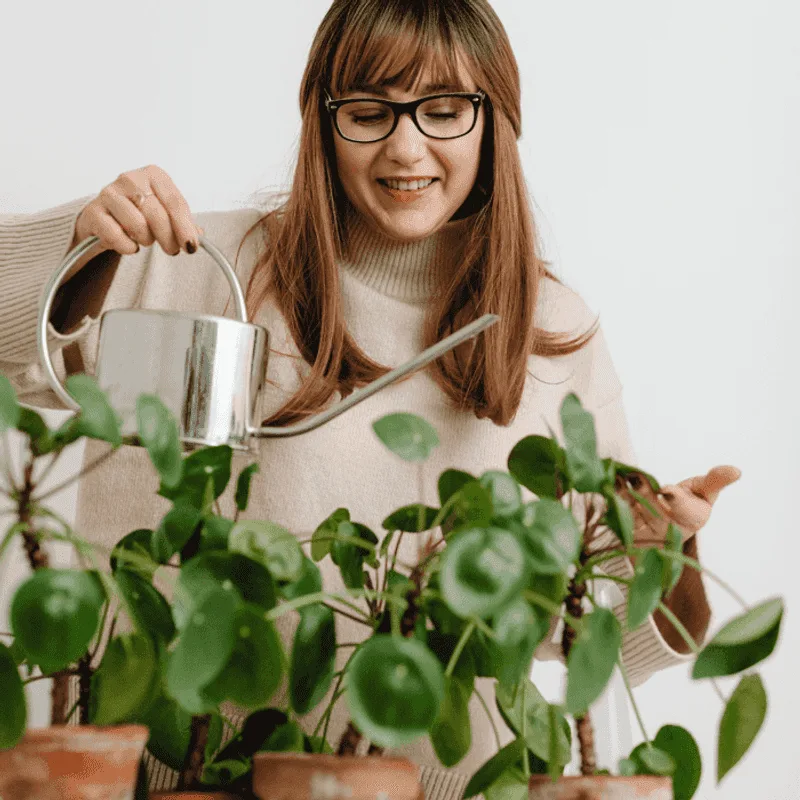
Mastering watering techniques is crucial. Inconsistent watering stresses plants, while targeted strategies keep them thriving. The finger test helps gauge moisture accurately.
Water in the morning to reduce evaporation and fungal risks. Aim to water the soil, not the leaves, to prevent disease. Adopting mindful watering practices boosts plant vitality and resilience, ensuring a flourishing garden.
Pest Monitoring
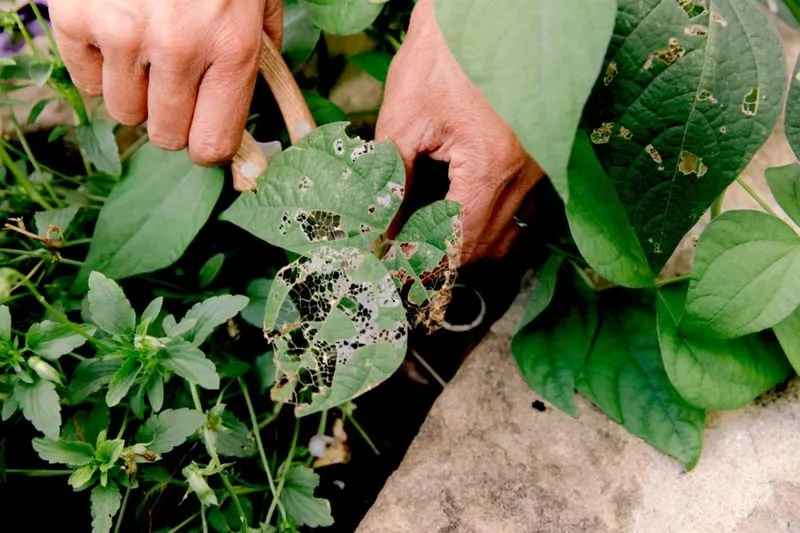
Pests can quickly take over if left unchecked. Regular inspections help catch issues early. Look under leaves and at soil level for signs of trouble.
Natural remedies, like neem oil or insecticidal soap, offer eco-friendly pest control. Keeping a watchful eye prevents infestations from getting out of hand. Frequent checks ensure your plants stay healthy and pest-free.
Rotating Plants
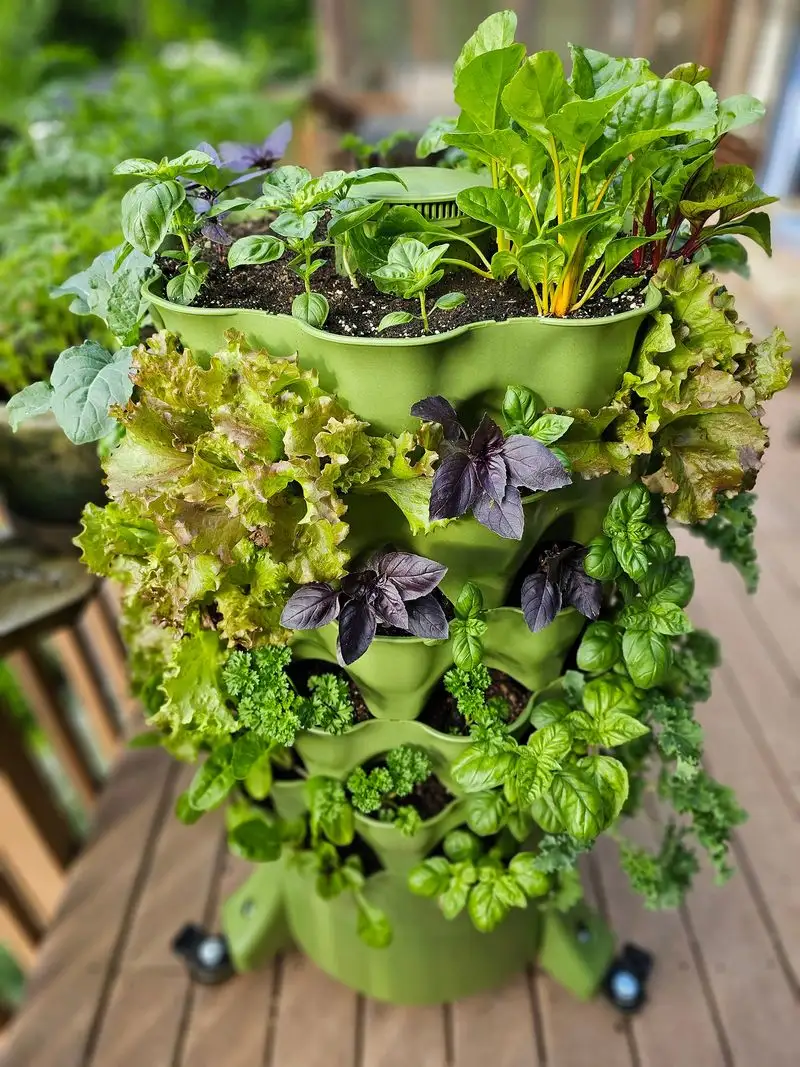
Rotating plants ensures even growth and prevents lopsided development. Shifting pots allows each side to receive adequate sunlight. This simple habit also reduces the risk of pests settling in one area.
Regular rotation encourages balanced growth and healthier plants. It’s a straightforward practice that yields noticeable results. Make it a routine to keep your garden in top shape.
Companion Planting
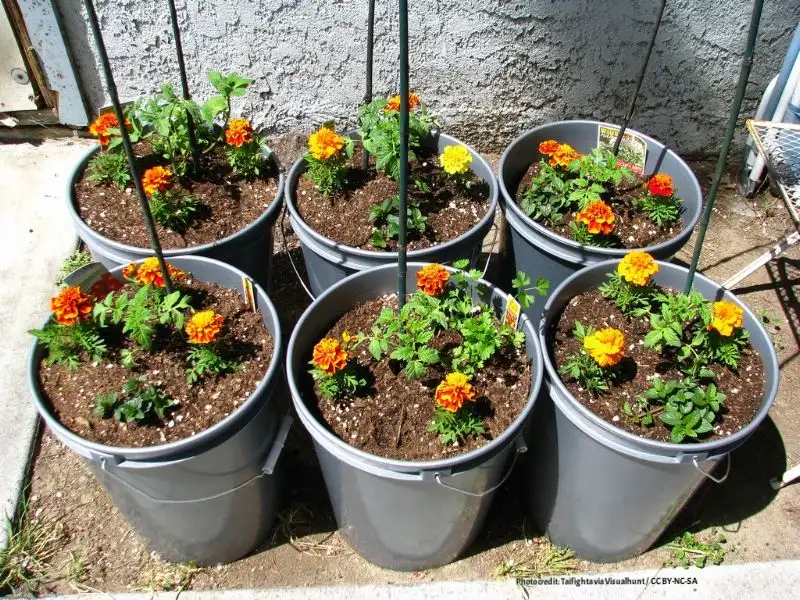
Companion planting is more than just aesthetics. Some plant combinations enhance growth and deter pests. For instance, pairing basil with tomatoes can boost flavor and ward off insects.
Understanding plant relationships leads to a more productive garden. It’s a strategic approach that maximizes space and resources. Thoughtful pairing creates a thriving ecosystem in your containers.
Seasonal Adjustments
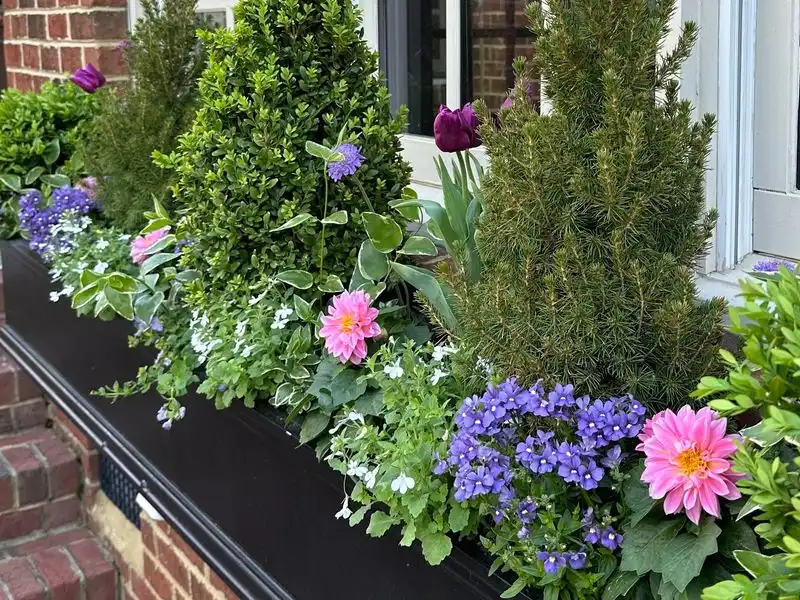
Seasons change, and so should your gardening practices. Adjusting care routines with the seasons ensures plants thrive year-round. Moving pots indoors during frost or providing shade in extreme heat are crucial steps.
Being attuned to seasonal needs boosts resilience and productivity. Embrace seasonal shifts and your plants will thank you.
Using Mulch
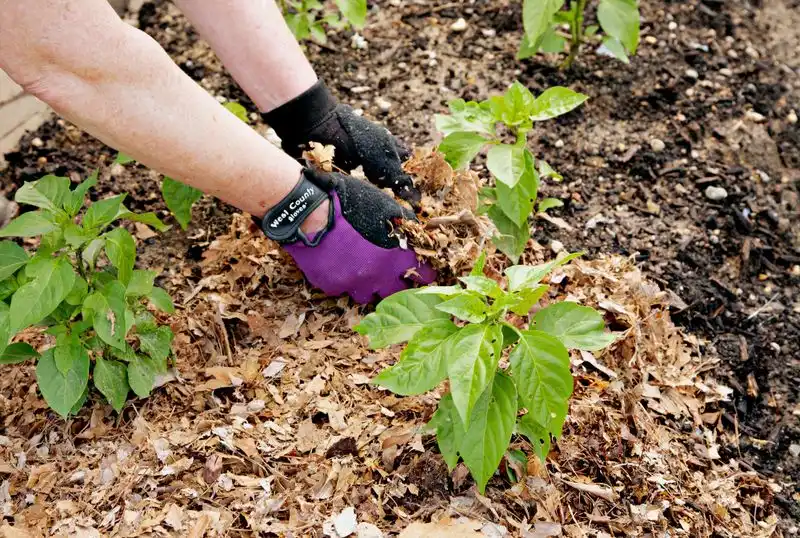
Mulch isn’t just for garden beds. It plays a vital role in containers by retaining moisture and suppressing weeds. A layer of organic mulch, like shredded leaves or bark, can make a significant difference.
Mulch also insulates the soil, protecting roots from temperature fluctuations. Incorporating mulch into your container garden adds a protective layer and conserves water.
Labeling Plants
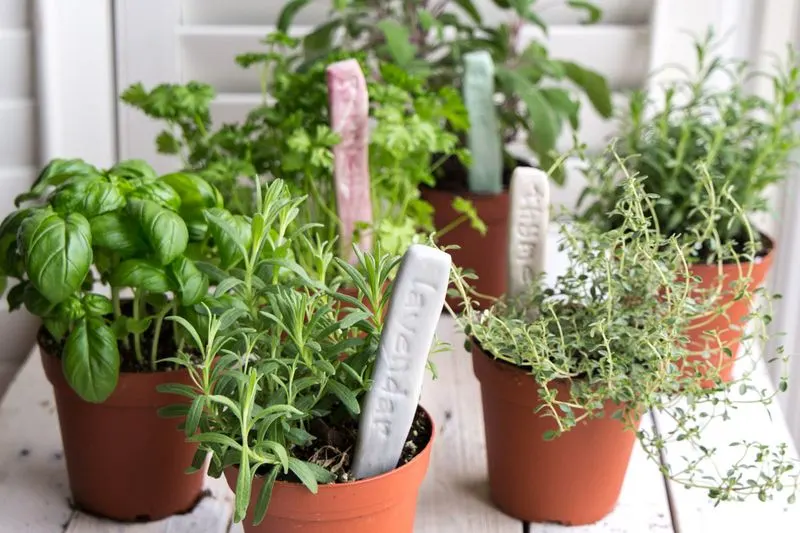
Labels can be a gardener’s best friend. In a bustling garden, it’s easy to forget which plant is which. Creative labeling keeps your garden organized and aids in tracking plant care needs.
Whether using simple tags or decorative markers, labeling enhances your gardening experience. It makes identifying and nurturing plants a breeze.
Incorporating Vertical Space
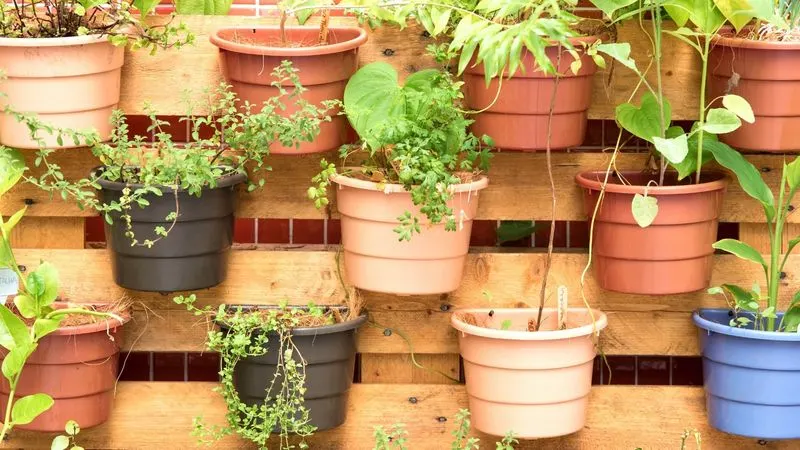
Vertical gardening is a space-saver. It’s perfect for those with limited room, maximizing every inch of available area. Hanging pots or wall planters expand your garden upwards, adding a dynamic element.
Consider plant types that thrive vertically, like trailing vines or compact flowers. Utilizing vertical space transforms your garden, making it more versatile and appealing.
Regular Cleaning and Maintenance
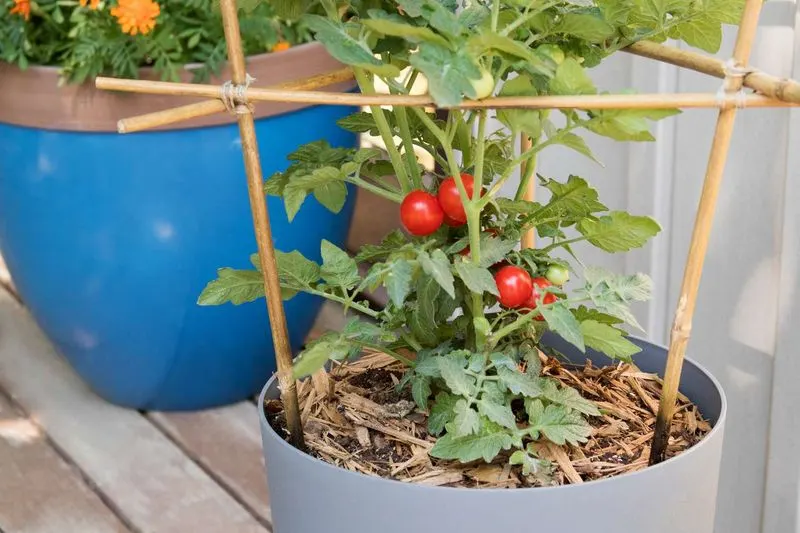
Cleanliness is crucial in container gardening. Regularly removing debris and wiping down pots reduces disease risks. Clean containers allow better air circulation, promoting plant health.
Consistent maintenance keeps pests at bay and ensures a thriving garden environment. Dedicate time to cleaning and your plants will reflect the care.

